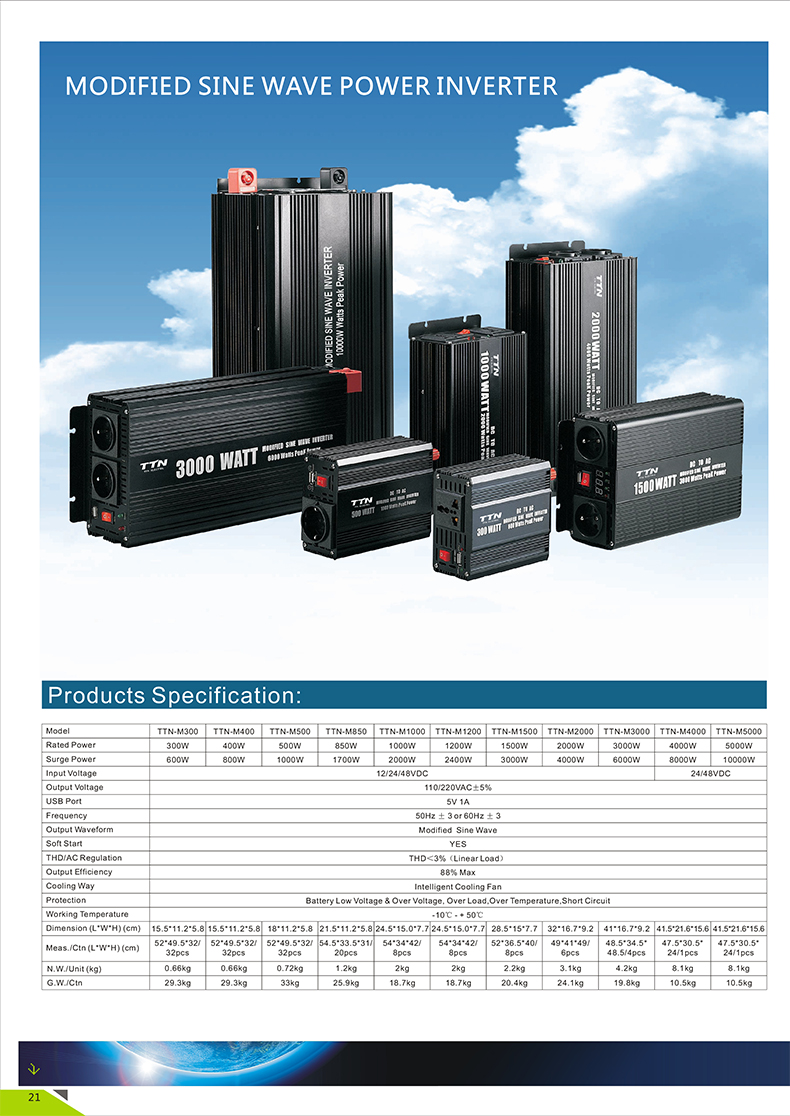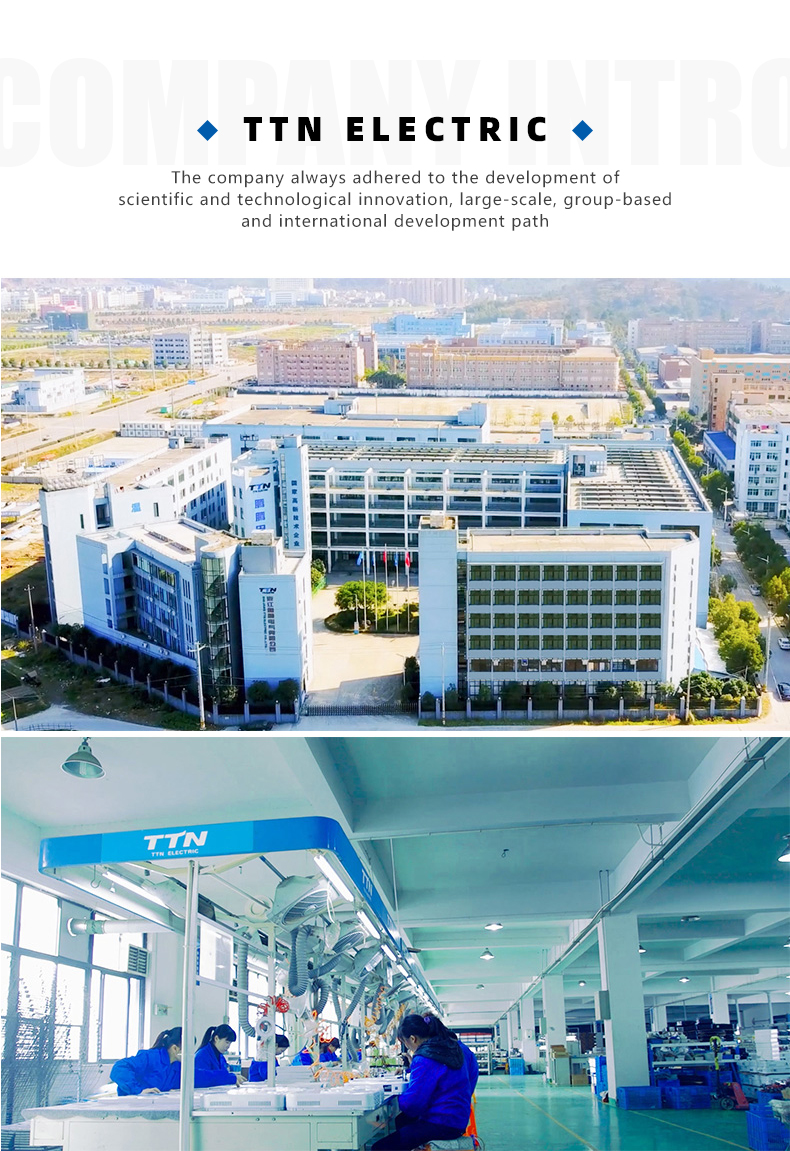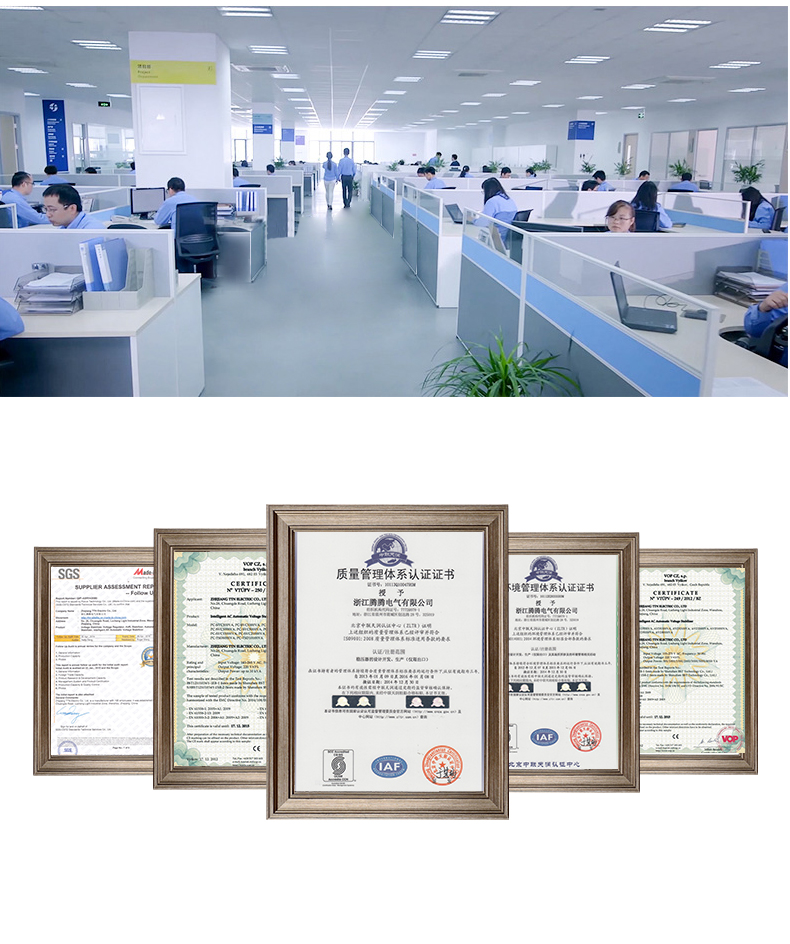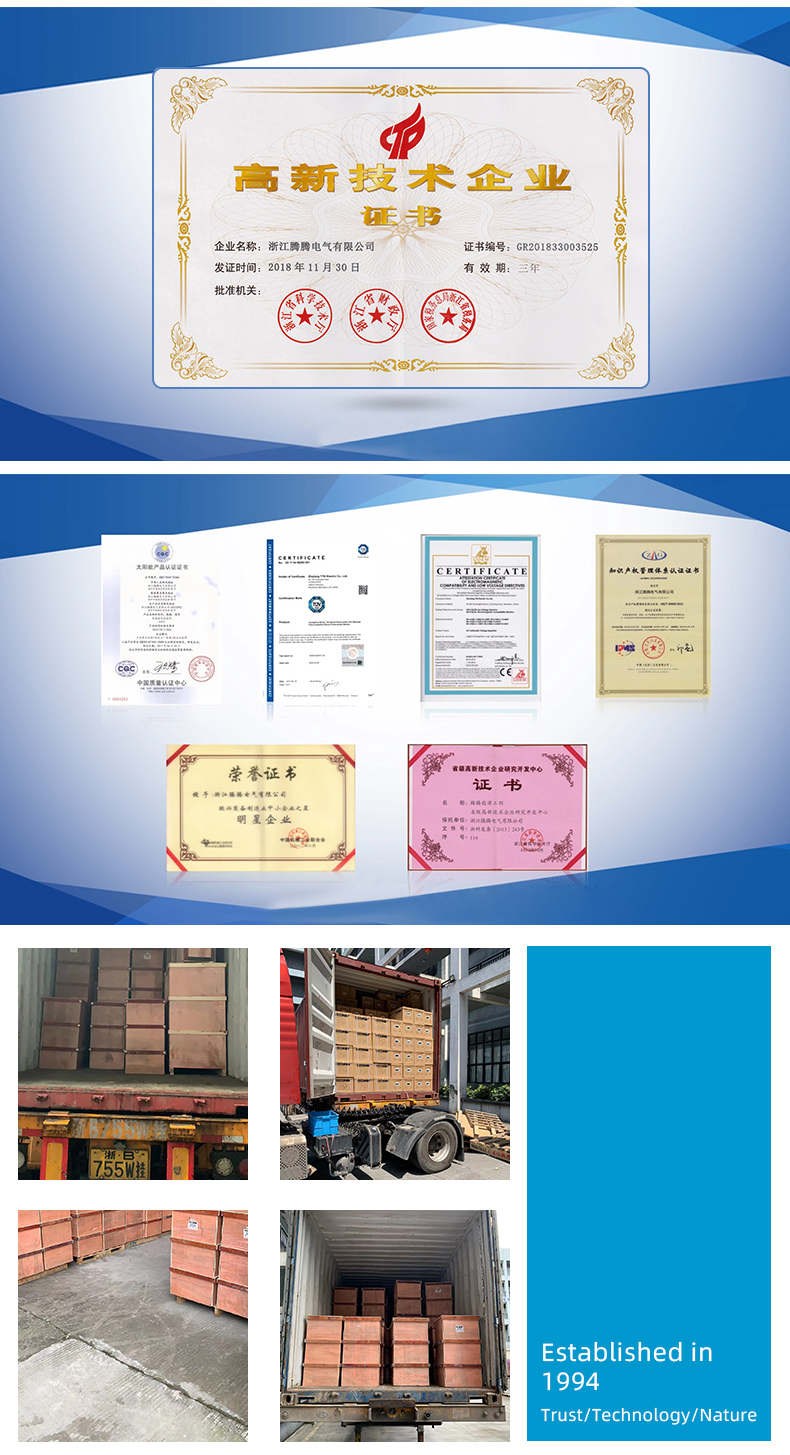The National Development and Reform Commission (NDRC) is expected to announce the final outcome of its anti-monopoly investigation into Qualcomm by the end of this month. According to a source in the chip industry, known as Zhong Bai under a pseudonym, the investigation may not only result in fines but also involve changes to Qualcomm’s patent licensing model and the removal of its anti-authorization clauses. If implemented, this could mark the first major shift in Qualcomm’s global patent fee structure. Investigations in Japan, South Korea, and the EU have either been paused or resolved.
When contacted by Southern reporters, Qualcomm responded: “This matter is still under review, and we are cooperating with the NDRC. We have no further comments at this time.†Some unnamed insiders believe that if penalties are imposed, Qualcomm might offset potential revenue losses by raising chip prices.
In September, a source told the Southern Reporter that many mobile phone manufacturers were delaying payments of patent fees, citing the ongoing investigation. These arrears continue, and companies hope for a revised patent fee model.
Zhong Bai explained that while high fines may not significantly impact Qualcomm’s business, mobile phone manufacturers would prefer a complete overhaul of the patent fee system. Currently, other chipmakers charge around 5% of the chip price as a patent fee, but Qualcomm charges 5% of the total device cost. For example, if a phone costs 3,000 yuan, Qualcomm would charge 150 yuan in patent fees, even though the chip itself may cost about 200 yuan.
According to Qualcomm’s Q4 2014 financial report, patent licensing generated a gross margin of 85%, compared to just 21% for chip sales. Although 60% of Qualcomm’s revenue comes from chips, 60% of its profits come from patent fees. However, the report also showed declining patent revenue, with a 4% year-over-year drop in licensing income and a 5% profit decline. At the earnings call, CEO Steve Mollenkopf admitted that China posed a significant challenge, noting that some local manufacturers were delaying or refusing to pay patent fees due to the ongoing investigation.
Zhong Bai also revealed that if the patent fee model changes, it could lead to higher chip prices. This year, Qualcomm has been engaged in a price war on 4G chips, selling them below normal gross margins—about 10% lower than MediaTek’s prices—due to the high patent fees it previously collected.
However, IT commentator Sun Yongjie believes that increasing chip prices to compensate for lost patent fees is understandable. He said, “Currently, 80% of 4G patented technology is held by Qualcomm. Its products remain irreplaceable in the high-end market, so it can justify a price increase.â€
The antitrust probe also targeted Qualcomm’s anti-authorization protection, which required manufacturers using its chips to offer patent cross-licensing. This allowed other chipmakers to use patents from terminal manufacturers for free. If this clause is removed, companies like Xiaomi and OPPO—which hold fewer patents—could face challenges.
According to data from the China Intellectual Property Bureau, Xiaomi holds 1,486 patents, while OPPO has 2,414. In contrast, ZTE and Huawei have over 50,000 and 60,000 patents respectively. Recently, ZTE and Huawei sent legal letters to other manufacturers over alleged patent infringements. Zhong Bai noted that most phone makers, including Xiaomi, OPPO, and BBK, have received such letters.
ZTE stated: “We respect actions that promote the healthy development of the terminal industry. However, some information is confidential and cannot be disclosed.â€
According to insiders, both the cancellation of anti-authorization protections and adjustments in chip pricing are positive developments for domestic chipmakers. Currently, low-end chips from domestic brands are priced more than $1 cheaper than Qualcomm’s. The industry has largely accepted the trend of using Qualcomm at the high end and domestic chips at the low end. In November, Xiaomi invested in a subsidiary of Datang, reflecting this strategic move.
Power Inverter
Products Description :
TTN Power inverter offer superior quality true sine wave output, it is designed to operate popular power tools and sensitive loads. Connect pure sine wave inverter with battery terninals, then you can get AC power for your appliances, the AC output identical to, and in some cases better than the power supplied by your utility.
Products Features :
- Input & output fully insolated.
- High Surge: high surge current capability starts difficult loads such as TVs,camps,motors and other inductive loads.
- Grounding Protection: there is terminal in front panel, you can grouding the inverter.
- Soft start: smooth start-up of the appliances.
- Pure sine wave output waveform: clean power for sensitive loads.
- AC output identical to, and in some cases better than the power supplied by your utility.
- Cooling fan works automatically when inverter becomes too hot, it turns off automatically when the temperature is reduced.
- Low total harmonic distortion: below 3%.
- Two LED indicators on the front panel showthe working and failure state.





Power Inverter,Modified Sine Inverter,Modified Square Wave Inverter,Modified Or Pure Sine Wave Inverter
zhejiang ttn electric co.,ltd , https://www.ttnpower.com




